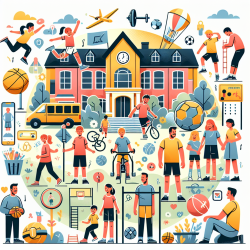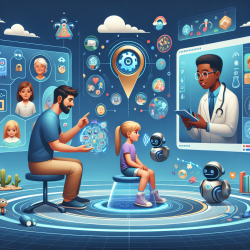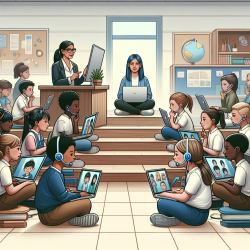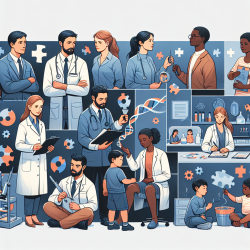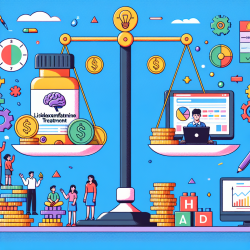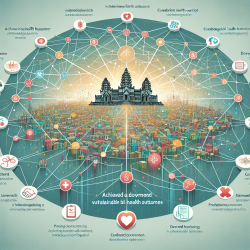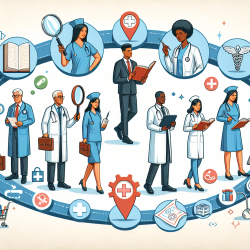As practitioners dedicated to enhancing the well-being of children and youth, understanding the dynamics of physical activity is crucial. Lithuania's 2018 Report Card on Physical Activity for Children and Youth offers a comprehensive look at the state of physical activity among young Lithuanians, highlighting areas that require urgent attention and improvement. This blog will explore the key findings and provide actionable steps for practitioners to incorporate these insights into their practice.
Key Findings from the Report Card
The report card assessed ten indicators related to physical activity, ranging from overall physical activity levels to the influence of family and peers. The findings revealed several critical areas needing improvement:
- Overall Physical Activity: Graded C-, indicating less than satisfactory levels of daily physical activity among children and youth.
- Organized Sport Participation: Graded C, showing moderate participation in organized sports.
- Active Transportation: Graded C-, reflecting low levels of walking or cycling to and from school.
- Sedentary Behaviors: Graded C-, with high levels of screen time among children and youth.
- Family and Peers: Graded D, highlighting insufficient support from family and peers.
- School: Graded C+, indicating room for improvement in school-based physical activity programs.
- Community and Environment: Graded C, suggesting the need for better community support and infrastructure.
- Government: Graded C, showing a need for stronger government policies and initiatives.
Actionable Steps for Practitioners
Based on these findings, here are some practical steps practitioners can take to improve physical activity levels among children and youth:
1. Encourage Family Involvement
Family support is crucial for fostering a culture of physical activity. Practitioners can:
- Organize family-oriented physical activities and events.
- Provide resources and guidance to parents on how to integrate physical activity into daily routines.
- Promote family participation in community sports and recreational programs.
2. Enhance School Programs
Schools play a pivotal role in promoting physical activity. Practitioners can work with schools to:
- Implement more frequent and diverse physical education classes.
- Integrate physical activity into the overall school day, including active breaks and outdoor play.
- Support after-school sports programs and clubs.
3. Advocate for Better Community Infrastructure
Safe and accessible environments encourage active transportation and play. Practitioners can:
- Collaborate with local governments to improve sidewalks, bike lanes, and recreational areas.
- Promote community awareness campaigns about the benefits of active transportation.
- Encourage local businesses and organizations to support physical activity initiatives.
4. Address Sedentary Behaviors
Reducing screen time is essential for increasing physical activity. Practitioners can:
- Educate children and parents about the risks of excessive screen time.
- Provide alternative activities that encourage movement and play.
- Set realistic and achievable screen time limits.
5. Monitor and Evaluate Progress
Continuous monitoring and evaluation help track progress and identify areas for improvement. Practitioners can:
- Implement regular assessments of physical activity levels and fitness.
- Use data to tailor interventions and programs to meet the needs of specific groups.
- Share findings with stakeholders to foster collaboration and support.
Conclusion
The 2018 Lithuanian Report Card on Physical Activity for Children and Youth provides valuable insights that can guide practitioners in their efforts to promote physical activity. By focusing on family involvement, enhancing school programs, advocating for better community infrastructure, addressing sedentary behaviors, and monitoring progress, practitioners can make a significant impact on the physical health and well-being of children and youth.
To read the original research paper, please follow this link: Results from Lithuania’s 2018 Report Card on Physical Activity for Children and Youth.
